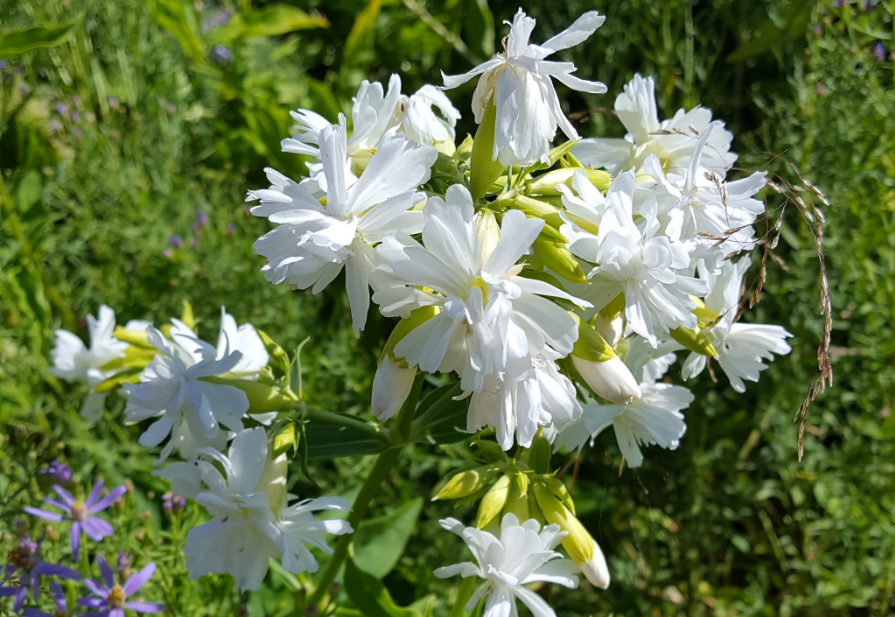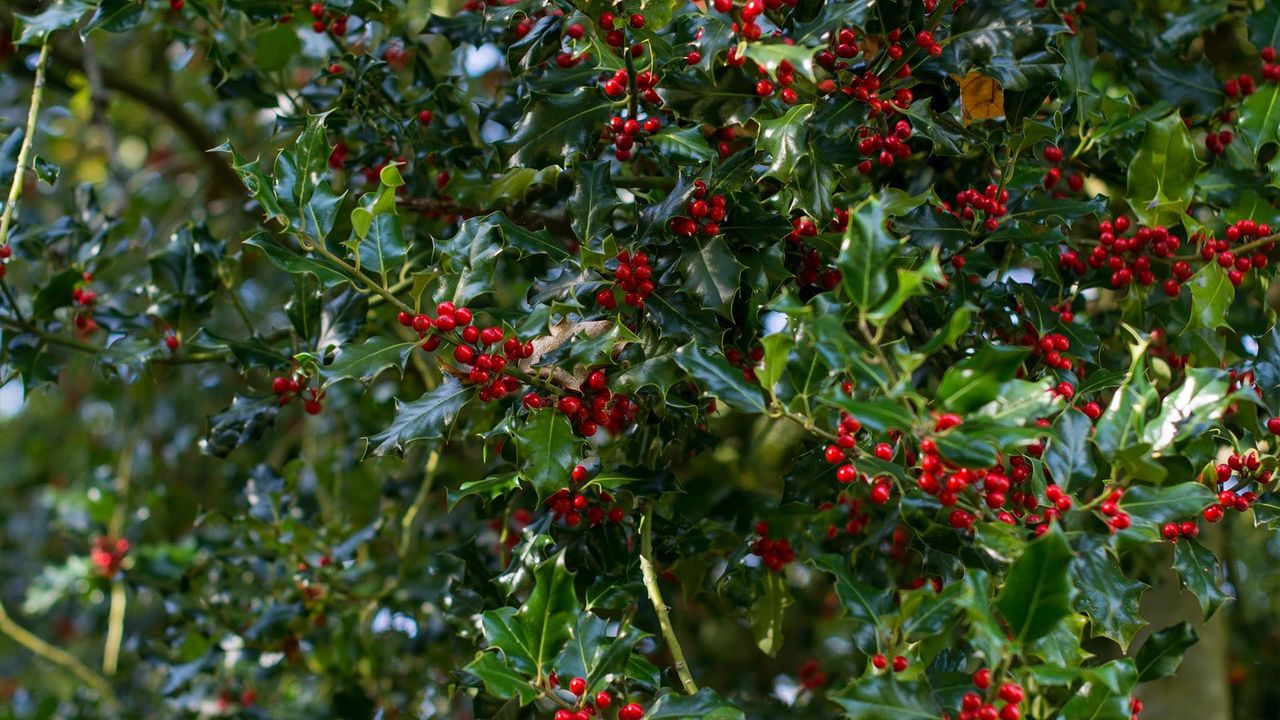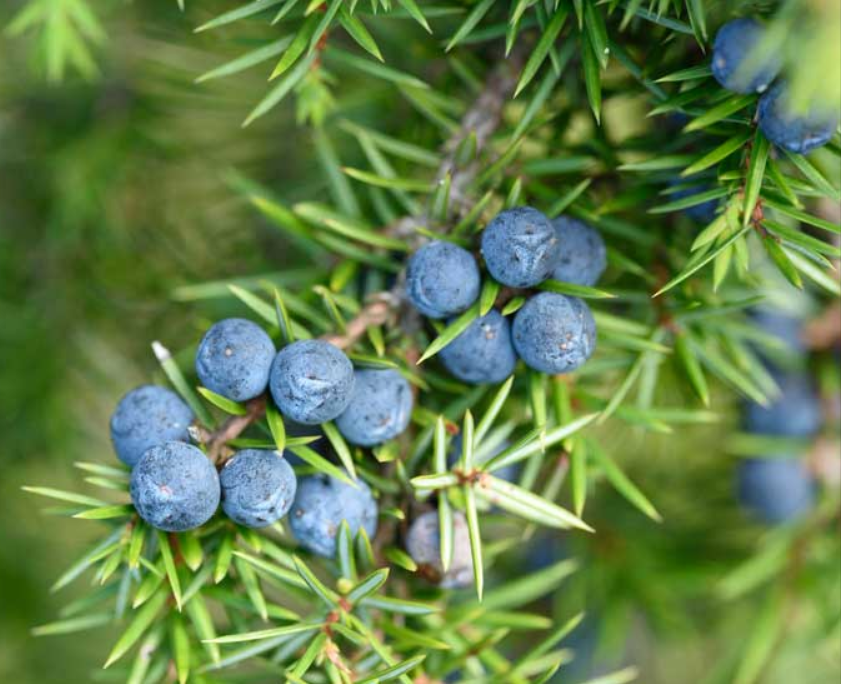|
Have you ever wondered why some trees keep their leaves in winter when all about them other trees are losing theirs? When selecting trees for the garden there is generally a choice of deciduous or evergreen though in reality there are many that fall into the category of semi-evergreen, trees and shrubs that in certain circumstances with lose some or all of their leaf cover. In the temperate climate of Ireland the majority of trees are deciduous; as a form of protection they lose all of their leaves for the winter. They also tend to be the most popular choice due to their greater range of tree shape, leaf shape, flowers, berries and spectacular autumn colour. Some of the common deciduous trees include large ones like oaks, beech and maples, or smaller varieties such as cherries, crab apples and rowans. Evergreens do lose their leaves, just not in one great dollop as the autumn arrives and the temperatures drop, so they retain a cloak of green all year round. This makes them very popular to add drama to winter landscapes where they make beautiful backdrops amid a light dusting of frost or snow or as a sprig of greenery for the home; they include well known shrubs like holly and conifers such as pine, yew and juniper though some conifers, such as larch, which still have needle-like leaves but will lose them each autumn. Evergreens are not immune to dropping foliage since most needles or leaves die after a few years anyway, in fact, most needles only live between four and seven years. For some trees, this is a continuous process with a few leaves dropping almost weekly throughout the year. Although the older foliage eventually turns brown and dies, this normally takes place in the interior of the tree, so the process goes unnoticed until the detritus covering the ground at the base of the tree provides the evidence. Evergreen trees have evolved a different set of protective adaptations that serve the same function as deciduous ones; protecting the tree from dehydration during the winter. The leaves on evergreen plants are covered with a thick waxy coating (cuticle) that prevents water loss and they also have fewer stomata on the surface of the leaf which helps to lessen the water evaporation. Evergreens evolved in the colder places of the planet and are really good at living there, in areas where there aren’t a lot of nutrients in the soil or available water. Evergreens take up and store up all those nutrients inside their leaves and needles and can use them through the winter months; storing water in their foliage too which helps them to stay green. .The trees have worked hard to take up those nutrients and water so need to hang on them as long as possible, and by retaining leaf cover. enables them to do so. Leaves are designed to carry out photosynthesis, a metabolic process by which light from the sun is converted into usable chemical energy in the form of sugar. Because their leaves are so numerous and have a constant cover, evergreens are able to capture sunlight even in shady areas where the risk of evaporation from their leaves is low. The term "evergreen" has come to refer to something that perpetually renews itself, or otherwise remains steady and constant. It is why in folklore the festive season would not be the same without evergreens, holly leaves and red-berried twigs, ivy and pine boughs used for decorating homes all across the country. A sign that was used to celebrate the winter solstice; to ward off evil spirits and to mark the approach of new growth in spring.  Holly; a native species which forms the shrub layer in some of our oldest woodlands, slow growing and very dense, it is only female hollies that bears berries and along with ivy were traditionally used for midwinter decorations, as a sign of green life to come. Ivy - A contentious evergreen, the self-supporting climber known to clothe trees, fences and buildings but is one of the top 5 wildlife plants. Ivy produces pale yellow flowers in winter, food for the few winter-flying insects, and its berries ripen in spring when they are an important food for blackbirds and thrushes. One of the two seasonal evergreen used in wreaths and garlands to symbolise that even in the depths of winter, life persists.
0 Comments
|
WildEdges
A haven of quiet countryside highlighting issues affecting the natural world. Categories
All
|






 RSS Feed
RSS Feed